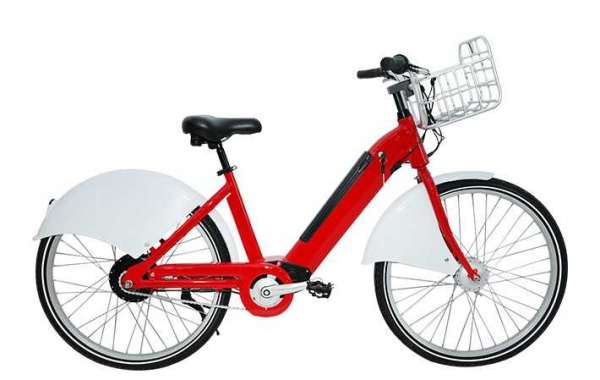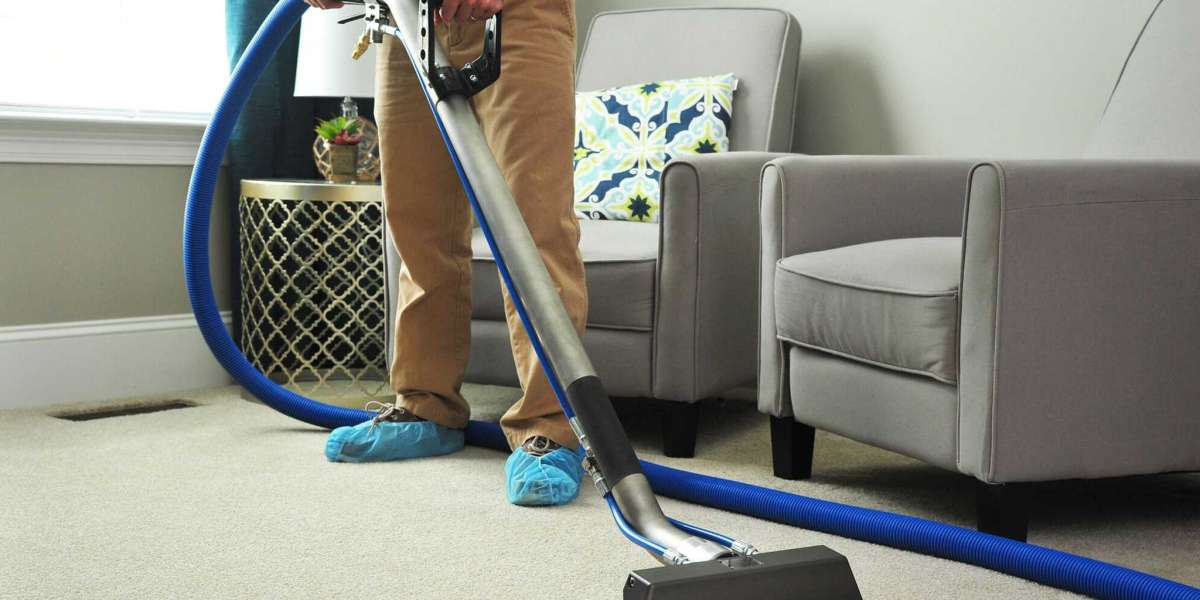China Bicycle Supplier introduces how to use quick release:
The first thing to note is that when tightening the quick release, you must never use the block removal handle as a crank, and use it to move the quick release lever to rotate! This kind of operation is completely wrong, and it is impossible to obtain sufficient tightening force at all-the force that can be generated by the quick release rod screwed into the quick release nut is very small. The main reason is that the wrench of the quick release is too short and the torque generated is not enough (think about the wrench we use to tighten the axle nut, which has a moment arm of at least ten centimeters). In addition, the nut and screw on the quick release The size is also small, and there is no reliable fastening ability. Unfortunately, since it is common knowledge for everyone to use nuts and screws to tighten parts, not only the nuts and screws are installed on the quick release, but also a small wrench is installed on the screw. People who don’t understand the quick release will naturally Think of "shaking", which makes this kind of serious wrong operation very easy to happen. So we emphasize here, don't do this!
It should also be noted that this "shake" incorrect operation method will also damage the quick release, the frame, and the front fork. The nut and screw may cause serious thread damage under excessive rotating force, because the purpose of the thread design here is to withstand the load without rotating, and it does not endure the wear caused by rotating under high force. And the ability to bite. The quick release seat will rub against the frame and the front fork to form scratches.
In fact, the quick release has its own mechanism specifically for tightening, which is the cam structure mentioned above. When tightening the quick release, first adjust the tightness of the quick release. The adjustment method is: rotate the quick-release nut, slowly tighten it, and at the same time pull the quick-release handle to test the tightness, so that the quick-release handle starts to receive resistance when it is aligned with the quick-release lever—that is, from Starting from this angle, to continue to close the quick release handle, you have to use greater force. This adjustment method is mainly for the convenience of exerting force. After adjusting it, you can move the handle of the quick release to tighten it tightly. It needs to be moved at least 90 degrees. At the same time, you should feel that you have used a lot of strength (you need to pull it with the palm of your hand), and you can feel the block The "elastic force" generated when the lever is elongated (in fact, the quick release relies on the slight extension of the quick release lever to obtain the tightening force, as long as the quick release is well lubricated, this force can be felt). If you feel that the force in the tightening process is very small, there may be two reasons. One is that the cam of the quick release is severely worn and the quick release lever can no longer be effectively elongated, so replace with a new one; the other reason is Due to the size of the frame, when the axle is put into the axle fork, there is a gap between the axle fork and the axle head. When tightening the quick release due to the influence of these gaps, the quick release lever cannot be pulled tight enough. It is necessary to tighten more when adjusting the tightness. In the process of tightening the quick release, it is best to move more. If you can feel that the quick release handle moves more than 90 degrees from the quick release lever in line, the resistance of the quick release handle is reduced, indicating that the quick release has just passed the highest point of the quick release cam, and the quick release is in a stable state at this time. The state is not easy to loosen and is relatively reliable.
In order to prevent accidental loosening caused by scratching of foreign objects, the angle of the quick release handle is more particular. The front wheel quick release is generally backward or parallel to the front fork, the rear wheel quick release is generally backward or parallel to the seat fork, and the seat clip quick release is generally downward parallel to the frame vertical tube, or forward, some seat clips The quick release handle is like a half ring. Such a quick release handle can be moved horizontally forward and snapped onto the seat clip.
To open the quick release, just loosen the quick release handle and continue to pull it to 90 degrees to the quick release rod. At this time, the quick release seat and the quick release nut will leave the axle fork, and the wheel can be removed. For the seat clamp, The seat clamp is relaxed. Some axle forks have two protrusions at the opening, and some axle forks have a circle of raised edges around them. These protrusions can prevent the wheel from falling out of the axle fork when the block is accidentally loosened. This is a safety design.
With this kind of protrusion, when removing and installing the quick release, it is not enough to pull the quick release handle to the open position. The quick release nut must be loosened to smoothly install and remove the wheel. In fact, these protrusions are not necessary. Many frames and front forks do not have this design. As long as the quick disassembly and assembly are reliable, there is no problem, and the assembly and disassembly are convenient, and there is no need to twist the quick-release nut every time. To check whether the wheel is installed reliably, you can lift the car up, let the wheel hang in the air, and then slam the wheel down with your fist. If the wheel is not loose, the installation is more reliable. However, the most reliable way is to re-adjust the quick release Tighten tightly and reliably for quick release.
Through the above introduction, Public Electric Bike Supplier and Portable Folding Electric Bike Supplier hopes that you can simply refer to the content of this article in future use.








